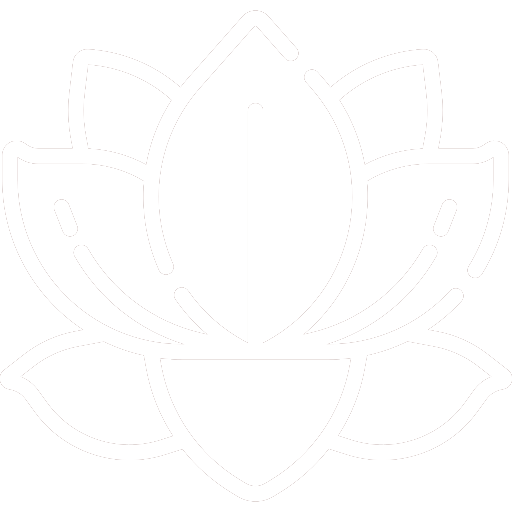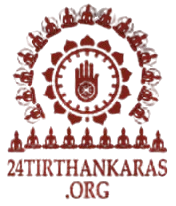ABOUT
JAIN DHARMA

About Jain Dharma
Jainism, also known as Jain Dharm, is an ancient Indian religion that emphasizes spiritual purity and liberation through non-violence and self-discipline. It’s characterized by its focus on personal ethics and ascetic practices, with the goal of achieving Moksha (spiritual liberation). Jainism is traced back to 24 Tirthankaras, the last of whom was Lord Mahavira.
The term “dharma” has two principal meanings in Jainism. Ontologically speaking, it refers to one of the basic kinds of substances, the function of which is to enable motion. The other common use employs the term to refer to either the teaching or religion of Jainism in their various aspects.
In Jainism, “Dharma” primarily signifies righteousness, moral virtue, and the path to liberation (moksha). It encompasses ethical principles and spiritual duties that guide individuals towards self-realization and freedom from the cycle of birth and death (samsara). Dharma in Jainism also refers to the teachings of the Tirthankaras, particularly the concept of ahimsa (non-violence).
Core Values
Right knowledge, right faith, and right conduct are the three most essentials for attaining liberation in Jainism.
In order to acquire these, one must observe the five great vows:
AHIMSA Non-violence
SATYA Truth
ACHAURYA OR ASTEYA
Non-stealing
BRAHMACHARYA
Celibacy/Chastity
APARIGRAHA
Non-attachment
Non-posession
Ahimsa (Non-violence)
Among these five vows, non violence (Ahimsa) is the cardinal principle of Jainism and hence it is known as the cornerstone of Jainism. Non violence is the supreme religion (Ahimsa parmo dharma). It is repeatedly said in Jain literature; “Do not injure, abuse, oppress, enslave, insult, torment, torture, or kill any creature or living being.”
According to Jainism all living beings, irrespective of their size, shape, or different spiritual developments are equal. No living being has a right to harm, injure, or kill any other living being, including animals, insects, and plants. Every living being has a right to exist and it is necessary to live with every other living being in perfect harmony and peace.
Nonviolence in Jainism is not a negative virtue. It is based upon the positive quality of universal love and compassion. One who is actuated by this ideal cannot be indifferent to the suffering of others.
Violence of every type should be completely forbidden. Mental tortures by way of harsh words, actions, and any type of bodily injuries should also be avoided. Even thinking evil of some one is considered violence in Jainism.
Practically, it is impossible to survive without killing or injuring some of the smallest living beings. Some lives are killed even when we breathe, drink water, or eat food. Therefore, Jainism says that minimum killing of the lowest form of life should be our ideal for survival.
In the universe, there are different forms of life, such as, human beings, animals, insects, plants, bacteria, and even smaller lives, which cannot be seen even through the most powerful microscopes. Jainism has classified all the living beings according to their senses.
The five senses are touch, taste, smell, sight, and hearing.
It is more painful if a life of the higher forms (more than one sense) is killed. Hence Jainism allows laypeople to use only vegetables as a food for survival. All non vegetarian food is made by killing living beings with two or more senses. Therefore, Jainism preaches strict vegetarianism, and prohibits non vegetarian foods.
Jainism explains that violence is not defined by actual harm, for this may be unintentional. It is the intention to harm, the absence of compassion, unawareness, and the ignorance that makes an action violent. Without violent thought there can be no violent actions. Non violence is to be observed in action, speech, and thought. One should not be violent, ask others to do so, or approve of such an activity.

Lorem Ipsum is simply dummy text of the printing and typesetting industry. Lorem Ipsum has been the industry’s standard dummy text ever since the 1500s, when an unknown printer took a galley of type and scrambled it to make a type specimen book.

